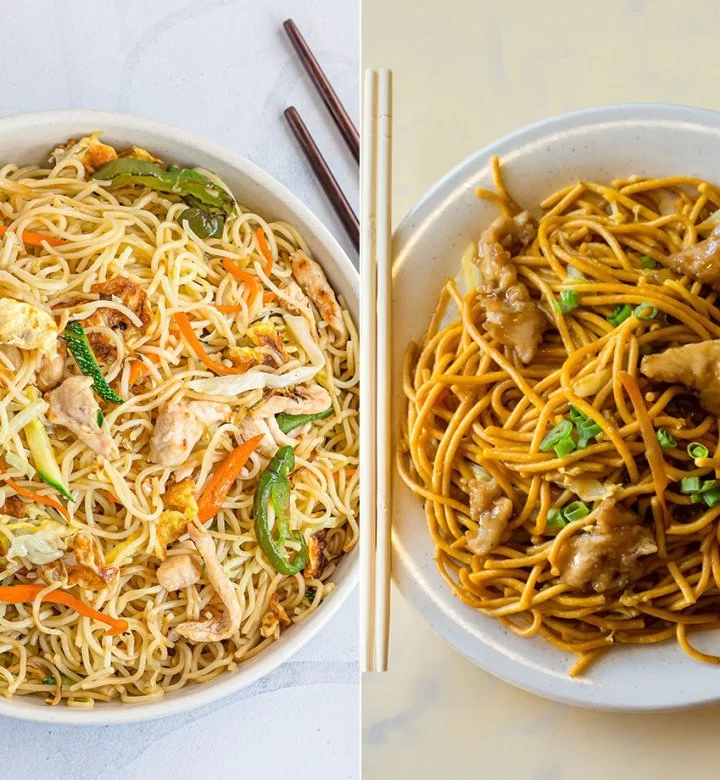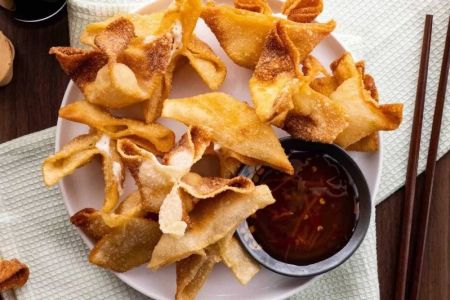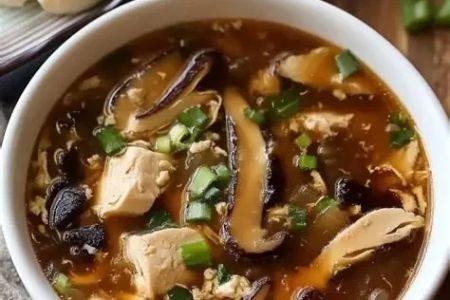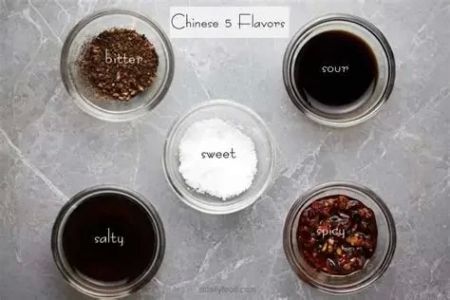What's the Difference Between Lo Mein and Chow Mein? A Noodle Showdown
- 1. Lo Mein vs. Chow Mein: A Quick Overview
- 2. Texture and Preparation: Key Differences
- 3. Taste and Flavor: What Sets Them Apart?
- 4. How to Enjoy Lo Mein and Chow Mein
- 5. When to Choose Lo Mein or Chow Mein
1. Lo Mein vs. Chow Mein: A Quick Overview
Lo Mein and Chow Mein are two of the most beloved Chinese noodle dishes enjoyed worldwide. While they may seem similar to the untrained eye, there are distinct differences that set them apart. Understanding these differences can enhance your appreciation for these iconic dishes. So, let’s dive into what makes each dish unique.
The Basics of Lo Mein
Lo Mein, which translates to “stirred noodles,” is a classic Chinese dish where the noodles are boiled and then tossed in a flavorful sauce with vegetables, proteins like chicken or beef, and other seasonings. The noodles in lo mein are soft and tender, creating a hearty and satisfying meal.
The Basics of Chow Mein
On the other hand, Chow Mein means “fried noodles” in Chinese. Unlike Lo Mein, the noodles used in Chow Mein are either stir-fried or deep-fried, giving them a crispy texture that contrasts with the softness of lo mein. The ingredients are also stir-fried together, making for a slightly crispier, lighter dish.
2. Texture and Preparation: Key Differences
The preparation methods and resulting textures of lo mein and chow mein are among their most distinguishing features.
Lo Mein: Soft and Tender
Lo Mein noodles are boiled to a soft and chewy consistency, then stir-fried briefly with the other ingredients. This results in a dish that is juicy and flavorful, with each bite feeling smooth and satisfying.
Chow Mein: Crispy and Crunchy
Chow Mein, however, uses a different approach. The noodles are usually stir-fried until they achieve a crispy, crunchy texture, especially when deep-fried. This makes chow mein a perfect choice for those who love a bit of crunch in their dishes. The vegetables and meat are added to the crispy noodles for a textural contrast that is distinctly different from lo mein.
3. Taste and Flavor: What Sets Them Apart?
In addition to texture, the flavor profiles of lo mein and chow mein differ due to their preparation methods.
Lo Mein: Rich and Saucy
Lo Mein is typically paired with a savory sauce that coats the noodles and ingredients. The sauce often contains soy sauce, sesame oil, and other seasonings, creating a rich, flavorful base that brings out the natural sweetness of the vegetables and the tender proteins. The flavors in lo mein tend to be more concentrated due to the soaking of the noodles in the sauce.
Chow Mein: Light and Savory
Chow Mein, on the other hand, features a lighter sauce with a more subtle flavor profile. The noodles themselves often retain more of their natural taste due to the crispiness achieved during the frying process. Chow Mein tends to be less saucy and is known for its slightly smoky flavor, especially when stir-fried in a wok over high heat.
4. How to Enjoy Lo Mein and Chow Mein
Both lo mein and chow mein are incredibly versatile and can be enjoyed with a variety of ingredients. Here’s how you can enjoy both dishes to the fullest:
Lo Mein: Comfort in a Bowl
Lo Mein is perfect for a comforting, hearty meal. It’s ideal for chilly evenings when you want something filling and satisfying. Pair it with a side of dumplings, spring rolls, or a bowl of hot soup for a complete Chinese dining experience.
Chow Mein: Crunchy Snack or Meal
Chow Mein is a great option when you crave something lighter but still flavorful. It’s also a fantastic choice for lunch or as a snack because of its crispy texture and savory flavors. Serve it with a side of Chinese pickles or stir-fried vegetables to round out the meal.
5. When to Choose Lo Mein or Chow Mein
The choice between lo mein and chow mein often comes down to personal preference and the occasion.
Choose Lo Mein When:
- You prefer a soft, saucy noodle dish.
- You’re looking for a comforting meal that’s filling and rich in flavor.
- You want to enjoy a dish that’s perfect for a cozy night in or a family dinner.
Choose Chow Mein When:
- You want a crunchy, lighter noodle experience.
- You’re in the mood for something with a subtle smoky flavor.
- You want a dish that pairs well with other crispy or fried side dishes.
Both lo mein and chow mein are great choices, and each has its own unique appeal. Next time you’re in the mood for Chinese food, why not try both and experience the contrast for yourself?








